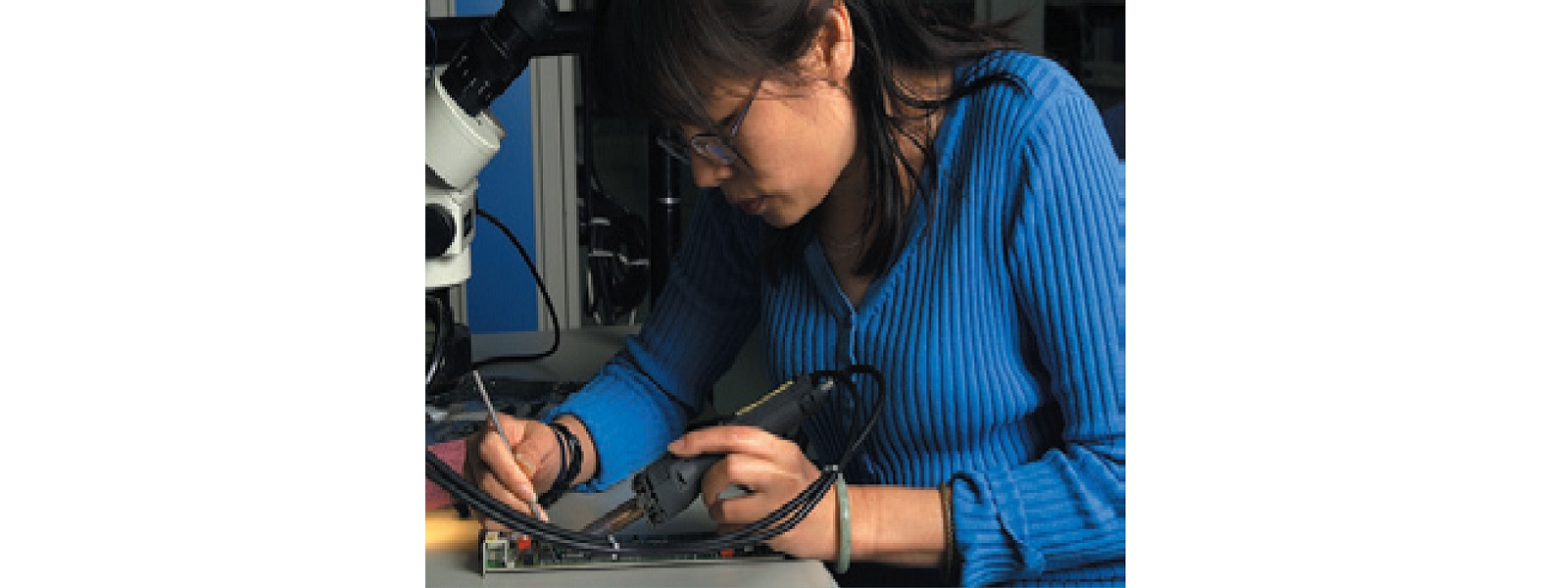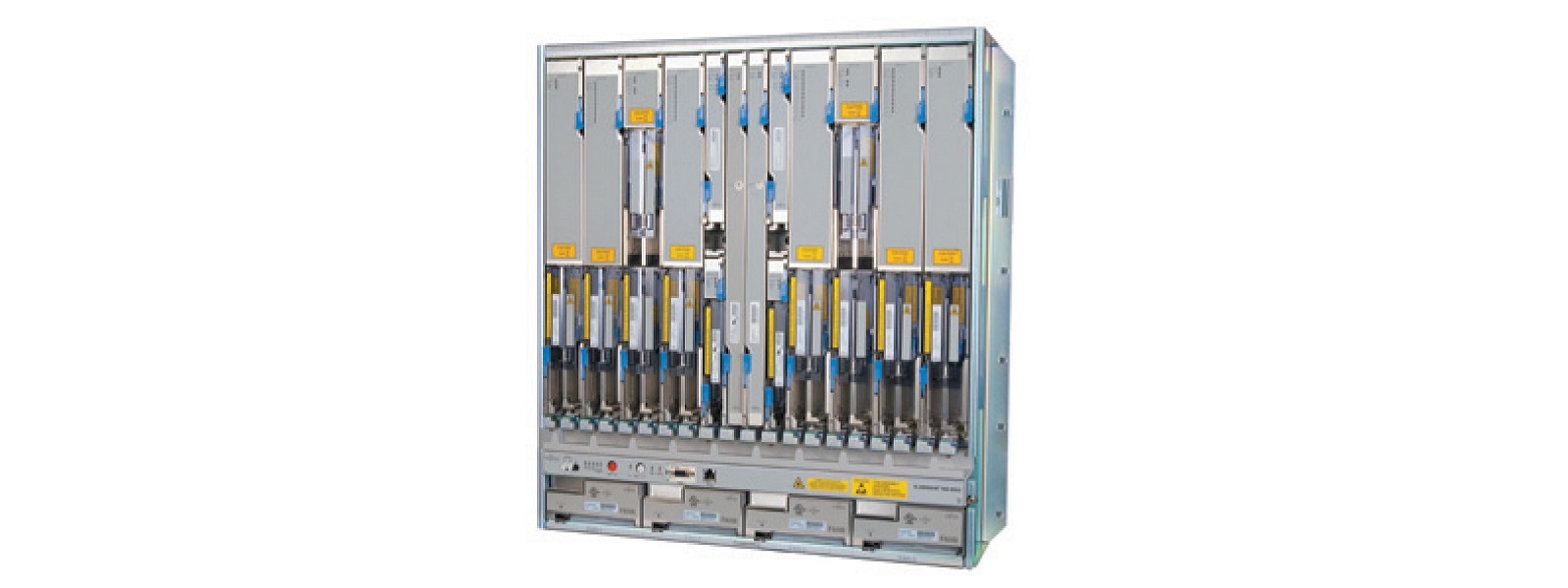Fujitsu Network Communications
To help eliminate the churn and streamline its processes, Fujitsu turned to Dassault Systèmes (3DS) and its high-tech solutions on the 3DEXPERIENCE Platform, custom built for the way high tech companies work. Fujitsu chose ENOVIA Version 6 (V6), the 3DS application for collaborative innovation, on the 3DEXPERIENCE Platform to address requirements, traceability and test. The goal was to improve Fujitsu’s data visibility, eliminate rework, and streamline product development from initial customer requirement to manufacturing.
Fujitsu increases pace while protecting quality with ENOVIA V6 on the 3DEXPERIENCE Platform
When you pick up the telephone to make a call, send an email or download an app, chances are you never think about the technology that carries your voice and data. But Fujitsu Network Communications (Fujitsu), a US-based subsidiary of Fujitsu Limited of Japan, thinks about it constantly.
As the leading optical solutions provider to land-line, cable and wireless carriers, and with a customer roster that includes the household names Verizon and AT&T, Fujitsu helps to complete billions of connections daily. That so many carriers rely on Fujitsu’s equipment is a major endorsement and a massive responsibility, both to its customers and to its customers’ customers.
As a charter member of the QuEST Best Practices Forum, a TL-9000 certified manufacturer, and the only major optical networking vendor to manufacture its own equipment in North America, Fujitsu prides itself on delivering the highest quality in the industry. It is known throughout the telecommunications community for reliable, long-lasting products, an accomplishment consistent with Fujitsu’s corporate mission to “contribute to the creation of a networked society that is rewarding and secure, bringing about a prosperous future that fulfills the dreams of people throughout the world.”
Success breeds challenges, however. As customer demands for new product features and capabilities escalated, Fujitsu knew that it would need processes and systems as advanced as its products to maintain its quality-leader position.
Bringing processes together to improve efficiency
Fujitsu’s challenge was to gather customer requirements for increasingly complex products, develop solutions, and test them on schedules that continue to accelerate. To avoid performing tests on outdated designs, Fujitsu’s employees needed better ways to stay informed about ongoing changes in requirements and design that might affect the tests being run.
“Our products have thousands and thousands of requirements,” said Peter Servi, senior manager, Enterprise PLM and Engineering Applications at Fujitsu. “With our document-based system it was very difficult to reuse requirements and to communicate those requirements to downstream groups. We needed to change from a document-centric approach to a data-centric approach.”
With large numbers of documents to manage it was difficult and time-consuming to make, track and communicate changes. Lack of visibility made it difficult to keep the requirements and test teams in synch, and finding data stored in static documents was a time-consuming process. “We have multiple test groups and, as a product’s being developed, there’s a lot of churn in the process,” Servi explained. “We were having situations where we were testing requirements or writing test cases to requirements that no longer existed or maybe had been modified.”
To help eliminate the churn and streamline its processes, Fujitsu turned to Dassault Systèmes (3DS) and its high-tech solutions on the 3DEXPERIENCE Platform, custom built for the way high-tech companies work. 3DEXPERIENCE helps companies achieve better outcomes for employees and customers by improving the data and collaborative processes used to create products and services. Fujitsu chose ENOVIA Version 6 (V6), the 3DS application for collaborative innovation, on the 3DEXPERIENCE Platform to address requirements, traceability and test. The goal was to improve Fujitsu’s data visibility, eliminate rework, and streamline product development from initial customer requirement to manufacturing.
The key to success, Servi said, was to facilitate collaboration between Fujitsu’s systems engineering and test groups. “We needed to make sure we knew who was testing what, that all the requirements were being satisfied, and that we had good traceability between testing and systems engineering requirements.”
One solution, many benefits
ENOVIA V6 on the 3DEXPERIENCE Platform integrates Fujitsu’s requirements and test case management processes on a single platform. To date, 13 “homegrown” and commercial applications have been replaced at Fujitsu; 11 more are targeted to be eliminated. In addition, more than 200 different processes have been developed and are being managed in Fujitsu’s overall ENOVIA implementation.
“With ENOVIA there’s just one application to learn versus 24,” Servi said. “Implementing it has simplified our process. Our engineers only have to learn one application, and we’ve eliminated the duplications of information in multiple systems, improving our overall efficiency and reducing administration tasks.”
Fujitsu leverages ENOVIA V6 on the 3DEXPERIENCE Platform as its repository for all test cases. ENOVIA V6 provides advanced dynamic reporting capabilities while managing a wide range of processes including: workflow; requirements; change control and problem tracking; organization of tests by discipline, project and categories; test case execution results; validation coverage; and requirements traceability.

Data, not documents
The improvements are possible, in part, because ENOVIA V6 helps Fujitsu manage requirements as metadata, which facilitates comprehensive reporting, quicker user access to requirements, plus requirement reuse and change management. Filtering of requirements management data facilitates fast access to data, and requirements are visually flagged when revisions become available. “You can quickly see where a requirement was used and how it was implemented,” Servi said. “You can also access test cases currently available for a given requirement, in addition to adding or writing new test cases as needed.”
Before implementing ENOVIA V6 on the 3DEXPERIENCE Platform to manage requirements, traceability and test, Fujitsu’s tracking and revision control of test cases was manual and reuse was difficult. This led to some duplication of test writing and testing. “Reporting was not provided until the end of testing when results were added to documents,” Servi said. “Determining coverage among multiple test groups and functions was challenging.”
By integrating Fujitsu test case management with requirements management, test cases are easier to create and reuse. “Test organizations can see who will test requirements to avoid duplication of effort,” Servi explained. “And reporting is real time and on demand.” Fujitsu engineering disciplines also can track testing for a product release. Tracking of responsibility for tests allows each test organization or location to claim requirements they plan to test, avoiding duplication of effort. In addition, test-case mapping ensures that each requirement is covered.

Achieving faster time-to-market with 3DS
“For everything we’ve implemented with ENOVIA V6, we’ve made significant flow-time reductions and/or quality improvements,” Servi said. Overall, the capabilities achieved have allowed Fujitsu to reduce flow-time by at least 20 percent, improve quality by at least 10 percent and improve security, searching, history and reporting.
Fujitsu also is saving 114 weeks of staff time annually in test preparation, execution and project administration for its systems validation test and NETSMART® product lines, and has achieved a 75 percent improvement in the test-case management process for its mechanical products group.
Fujitsu also is saving 114 weeks of staff time annually in test preparation, execution and project administration for its systems validation test and NETSMART® product lines, and has achieved a 75 percent improvement in the test-case management process for its mechanical products group.
“Our end users are very happy,” Servi said. “We’re continually improving their processes. Our systems engineers have told me that instead of writing requirements and associated documentation, they are able to spend more time doing requirements analysis and engineering work. They’re very happy about that.”
A future with 3DS Solutions
Servi said Fujitsu is looking closely at additional 3DS upgrades to help manage engineering projects and integrate with its MCAD and ECAD solutions, as well as information managed in its SAP enterprise resource planning system.
“There are several interface improvements that we’re looking forward to,” Servi said. “Dassault Systèmes wants to help us improve our processes. We’re excited about the possibilities in PLM and we’re looking forward to improving the collaboration between
various Fujitsu offices around the globe.”
In requirements management, we’ve achieved a 30 percent to 40 percent improvement in our management processes, including traceability and reuse of requirements.
